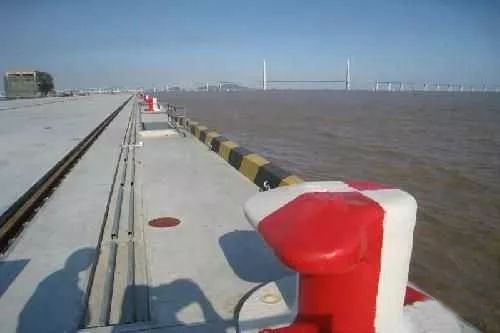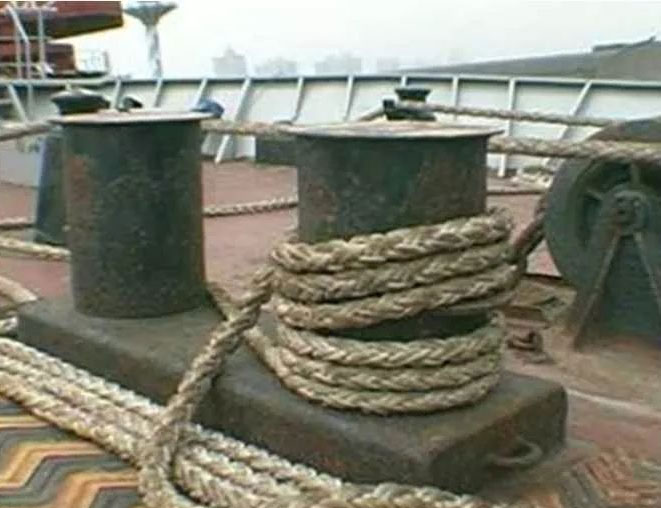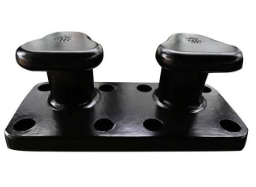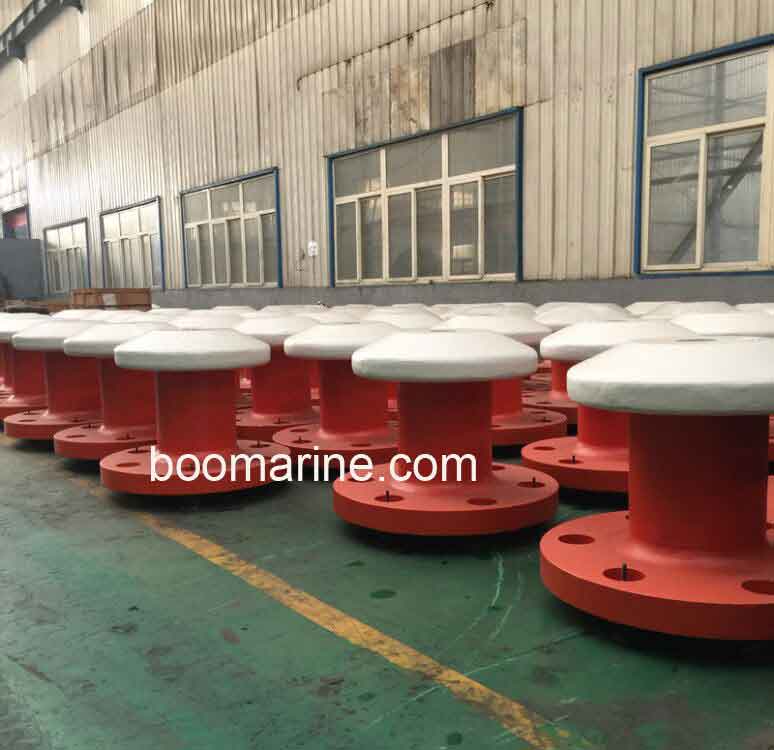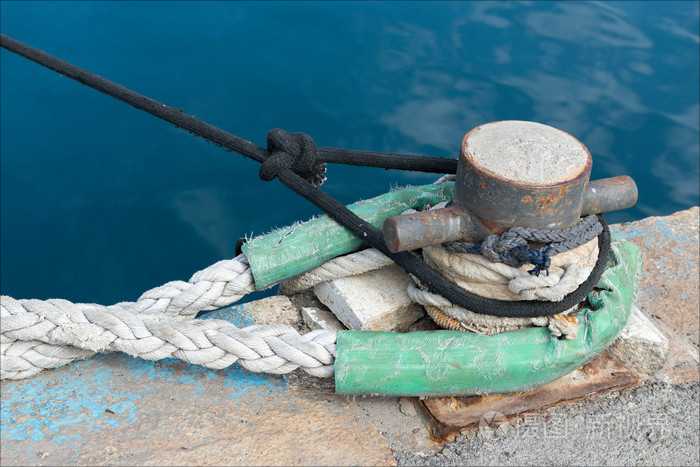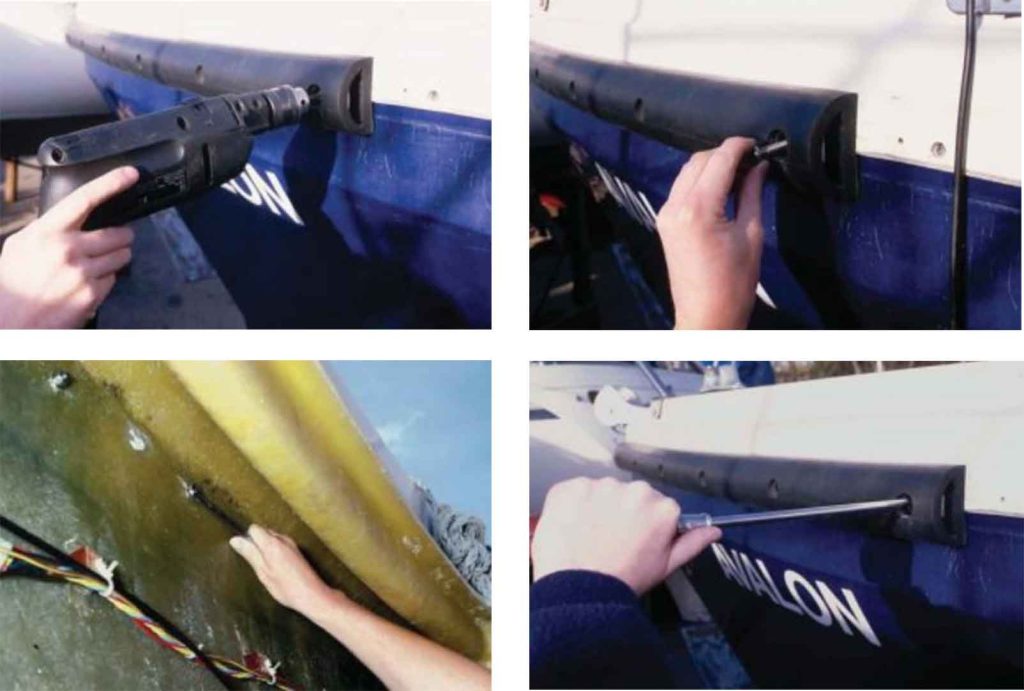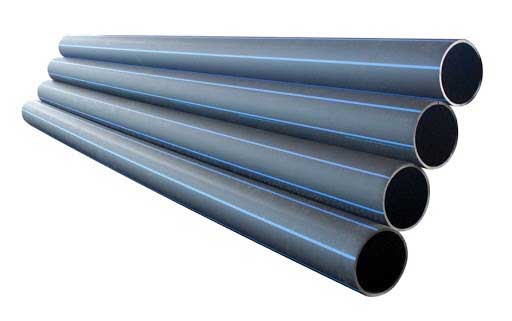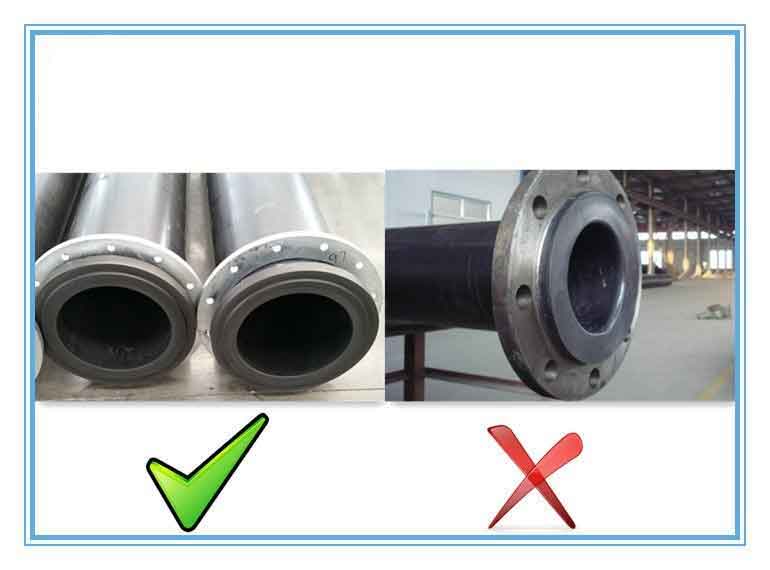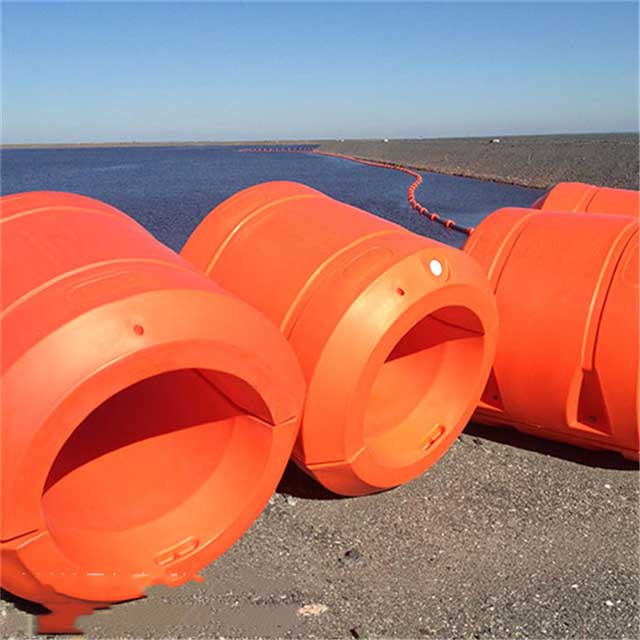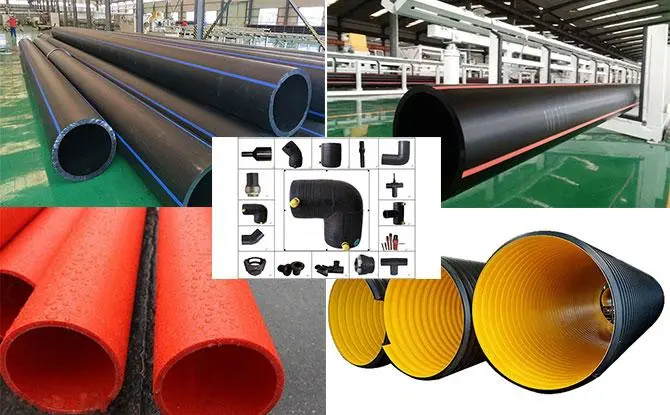What is ship mooring?
Ship mooring is a state of a ship, including being moored to a dock, moored to a buoy, or moored to other moored vessels. Mooring requires the use of mooring lines, and the ship is fixed by ropes (in some places, not only the cables but also the anchor chains on the ship are used when tying the buoys, such as the buoys in the Victoria Harbour in Hong Kong). One end of the cable (lute head/Eye splice) is moored on the bollard on the shore, and the other end is on the cable car or bollard on the ship.
Large ships are divided into Head line, Forebreast line, Fore spring line and After spring line), After breast line, Stern line. The following figure will help you better understand:
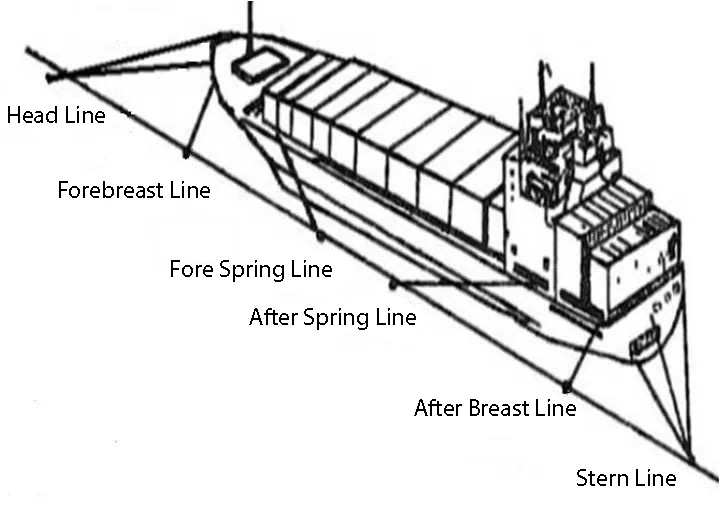
Mooring Equipment
1. Bollard
Figure 1 shows the bollard on the shore, and Figure 2 shows the bollard on the ship. Ships are anchored to the bollards by cables to be able to moor smoothly on the shore.
2. Mooring Ropes
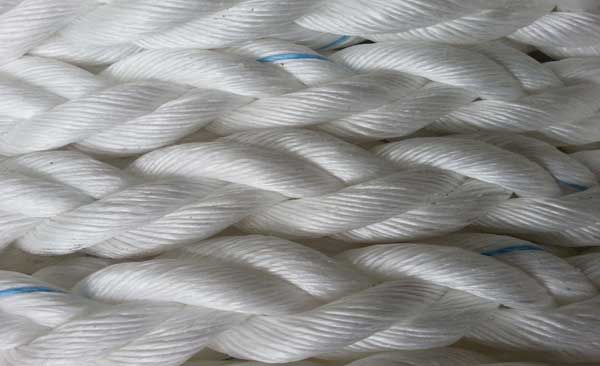
It is customary for ships to call thick ropes as cables, such as belt ropes and tow ropes; small ropes, such as skimming ropes, flag ropes, sounding ropes; special ropes with a specified length are called ropes, such as cargo slings, jin rope, sling rope, etc.
According to different uses, ropes can be divided into 2 categories: static ropes and dynamic ropes. Static rope refers to the rope used to fix the tie, such as the support rope to stabilize the mast and chimney, etc. Dynamic rope refers to the rope that is often under dynamic conditions, such as the mooring rope and the cargo sling for lifting, etc.
According to different materials of the rope, it can be divided into 3 categories: plant fiber rope, chemical fiber rope and steel wire rope.
3. Fairlead
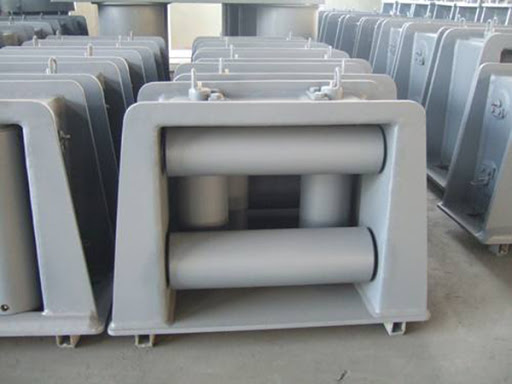
In order to make the cable lead from inboard to outboard in a certain direction to the dock or other mooring location, limit its position deviation, minimize the wear of the cable and the side, and avoid increasing the stress due to sharp bending, There are fairleads at the bow and stern and on both sides.
4. Winch
The winch, also known as the mooring winch, is mainly used for winding the cable. The bow winch is generally carried out by the windlass reel. Some large ships also have a special mooring winch at the bow; the cable in the middle of the ship is generally reeled by the auxiliary reel of the freighter, and some large ships also have a special mooring winch in the middle; The stern deck is also provided with a mooring winch or mooring winch.
5. Cable car and accessories
- Cable car: The device for winding the cable is called the cable reel, referred to as the cable car (reel). All ships that use steel wire ropes as mooring cables are equipped with special cable cars to store steel wire ropes. Chemical fiber ropes are generally laid on the deck in an orderly manner before use, and stored in cabins or special boxes after use. Fortunately, on the wooden grating and tied up. Many large ships connect the mooring reel directly with the load shaft of the winch to form a special winch drum, so that it can not only store the mooring line, but also wind and adjust the rope at any time, without the need to use the rope to make the rope. The mooring lines are pulled to the bollards and can be coiled directly on the winch.
- Mooring line: There are two kinds of mooring rope and mooring chain. The mooring line is mainly used to temporarily tie knots on the mooring line when the ship is moored to withstand the pulling force of the rope, so as to remove the rope from the reel and pull it on the bollard, or remove it from the bollard and pull it. Continue winding on the reel.
- Skimming rope: The index rope that guides the cable to the wharf is called the skimming rope. Its length is about 40m and the diameter is 6mm. The front end of the rope has a certain weight skimming head for throwing.
- Fender: The fender is commonly known as the handle. Its exterior is woven with rope and filled with soft materials such as cork or brown silk. It is used to buffer the collision between the hull and the dock objects when the ship docks or leaves the dock or other ships. and friction, thus protecting the side of the boat.
- Anti-rodent board: Anti-rat board is also called anti-mouse board, which is generally made of thin steel plate or plastic. According to the relevant regulations of most ports, after the ship has docked at the dock, a rodent-proof board must be placed on each mooring cable to prevent rodents from climbing into or out of the ship along the cable.
- Cable skimmer: A device that uses gunpowder or high-pressure gas as a thrust to throw the skimming rope with an effective distance of more than 230m is called a cable skimmer. Mainly in the event of an emergency on the ship, the cable skimmer is used for long-distance skimming, so as to lead out the cable.
6. Mooring Buoy
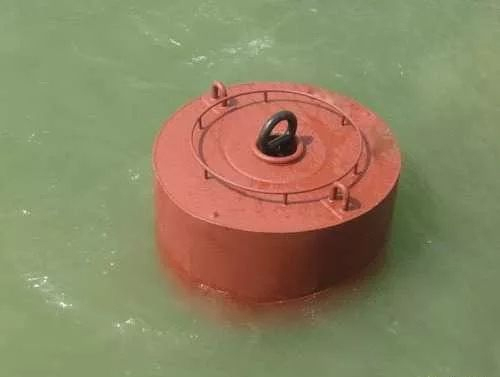
Not only do mooring buoys help ships moor to very strong supports without the need for a mooring anchor system, they also help protect fragile sites such as coral reefs by preventing boaters from dropping anchor in these areas.
The effect after tying is as follows:
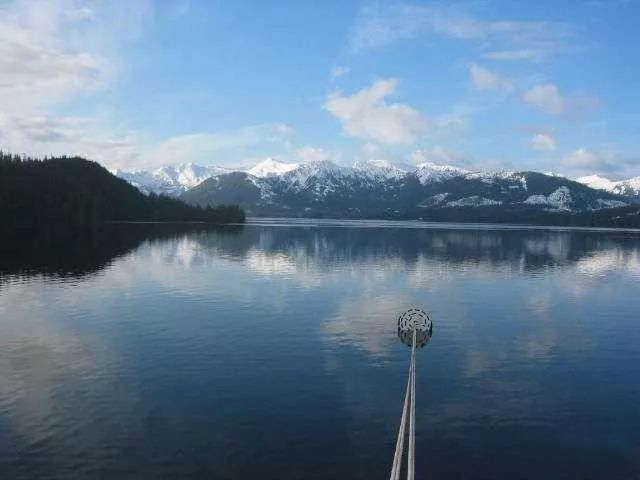
How to moor a large ship?
When a large ship is berthed at the pier, it is generally necessary to send one end of the cable on the ship (Eye splice) to the shore, and then the cableman on the shore will hang the lute head cover of the cable on the bollard on the shore. The ship’s cable can be sent to the shore through a skimming line (Heaving line), or through a special skimming gun or a boat with a cable. After being thrown ashore, someone will tie the cable to the bollard, and then the winch will be started on the ship, and the cable will be slowly tightened. This period is very dangerous. There are many cases of people being stretched and stretched during the tightening process, so during this period, you should use the cable or stand in a safe area.

